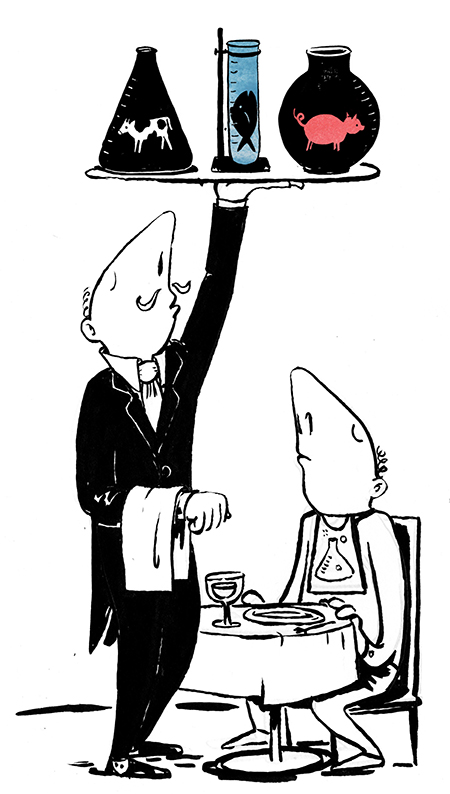ZEITGUIDE TO THE WORLD’S BEST RESTAURANTS

The 2016 World’s 50 Best Restaurants list got its start in 2002 as a project of British culinary magazine Restaurant before spinning off on its own. In that comparatively brief window, it has overtaken Michelin in status (Michelin’s roots go back to 1900) and attention drawn from gourmands and chefs alike. The 2016 list was unveiled in June during a ceremony in New York.
So how do they go about ranking dining across the whole globe? The list is determined by 972 anonymous voters split into 27 world regions with 36 voters each. This “academy” is roughly evenly split between chefs and restaurateurs, food writers and what the organization identifies as “well-traveled gourmets.” Each may vote for seven restaurants where they have eaten within 18 months.
This year marked the first time the ceremony was outside London. By being in New York this year and Australia in 2017, organizers hope to underscore the international scope of the list in contrast to the traditionally French leaning Michelin. (In fact, just three French restaurants made the 2016 World’s 50 Best Restaurants, and a French restaurant has never earned the top spot.) Following several years where Spain’s El Celler de Can Roca and Denmark’s Noma ping-ponged back and forth as No. 1, this year the top spot went to Italy’s Osteria Francescana. The list has also focused attention on emerging culinary capitals such as Lima, Peru and Mexico City.
By singling out innovative, groundbreaking chefs, the list has created a space where culinary visionaries inspire and compete with one another. David Chang likened being in the room after his Momofuku Ssäm Bar made the list in 2009, to “like being rushed by a fraternity.”
Fraternity is a good description. The 2016 top 50 features only two female chefs, both of whom share their role with men. The organization’s top female chef for 2016, Dominique Crenn, had no restaurants in the top 50 or even the top 100. Increasing numbers of women are going to culinary school: at the Culinary Institute of America (with campuses in New York, California, Texas and Singapore) half of students are female. But restaurant kitchens remain a particularly hard place for women to get ahead.
Lists like this have tremendous power to elevate restaurants and the careers of chefs. When Central in Lima made last year’s top 5, for example, more than 1,000 reservation requests poured in over three days. Which is why the voting process has drawn scrutiny. Much like any MVP award, the criteria are vague; voters simply choose their seven “best” restaurants. While this gives the list an unpredictable quality, it also leaves it open to plenty of conventional bias.
“Michelin’s criteria are not transparent, but there is at least an institutional consistency,” Christine Muhlke, Bon Appétit editor-at-large and founder of food consultancy Bureau X, told us. “Why did Le Chateaubriand in Paris fall out of the top 50 this year after having held a great spot for years? What about Thomas Keller’s two restaurants dropping into the second tier this year? It’s hard to tell if the judges value innovation or simply newness.”
In short, there is no perfect restaurant ranking system – but at least there are now many, many lists to sate curious eaters who can’t get a reservation at Noma. And, thanks to Yelp, everyone can now be their own restaurant critic.
